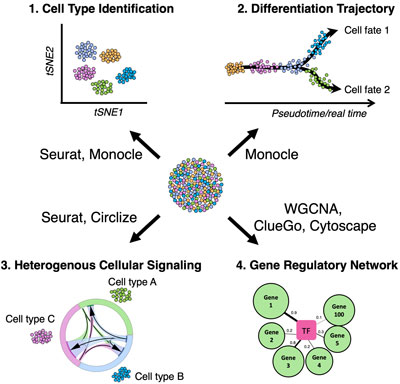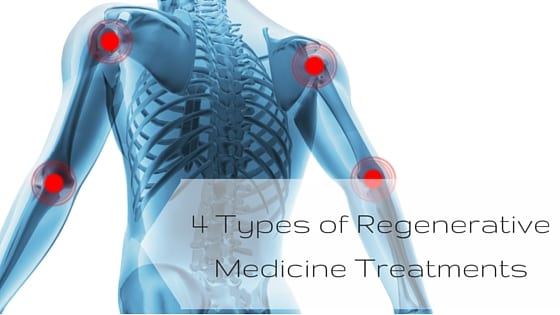Table of Contents

[/image][=video]
[/video]
There are several kinds of stem cells. As a whole, the term stem cell refers to a group of cells that offer surge to various other cells (like skin, blood, heart, and muscle cells) by replicating and separating in feedback to chemical hints. Totipotent stem cells show up at the earliest phase of development and are the only stem cells which can create beginning stem cells and the placenta.
Bone marrow transplant (BMT) is an unique therapy for people with certain cancers cells or various other diseases. A bone marrow transplant entails taking cells that are normally located in the bone marrow (stem cells), filtering system those cells, and providing back either to the donor (patient) or to another person. The objective of BMT is to transfuse healthy bone marrow cells into an individual after his/her own unhealthy bone marrow has actually been treated to eliminate the uncommon cells.
Bone marrow is the soft, squishy cells discovered inside bones. It is where a lot of the body's blood cells create and are kept. The blood cells that make other blood cells are called stem cells. One of the most primitive of the stem cells is called the pluripotent stem cell. This is different than various other blood cells with regard to the complying with properties: It has the ability to reproduce one more cell the same to itself.
It is the stem cells that are needed in bone marrow transplant. The objective of a bone marrow transplant is to heal several conditions and kinds of cancer. When the dosages of chemotherapy or radiation required to heal a cancer cells are so high that a person's bone marrow stem cells will be permanently damaged or ruined by the treatment, a bone marrow transplant might be needed.
Stem Cell Therapy
This process is often called rescue. Change bone marrow with genetically healthy functioning bone marrow to avoid more damage from a genetic condition process (such as Hurler's disorder and adrenoleukodystrophy). The risks and advantages need to be considered in a detailed discussion with your healthcare service provider and experts in bone marrow transplants prior to the procedure.
There are various sorts of bone marrow transplants depending upon that the benefactor is. The different types of BMT consist of the following: The donor is the person himself or herself. Stem cells are drawn from the person either by bone marrow harvest or apheresis (a process of accumulating outer blood stem cells), icy, and after that provided back to the individual after extensive treatment.
The contributor shares the same genetic kind as the individual. Stem cells are taken either by bone marrow harvest or apheresis from a genetically matched benefactor, usually a brother or sibling. Other benefactors for allogeneic bone marrow transplants might consist of the following: A haploid-identical suit is when the contributor is a moms and dad and the hereditary suit goes to least half identical to the recipient.

Matching involves inputting human leukocyte antigen (HLA) tissue. The antigens on the surface of these special leukocyte determine the hereditary make-up of an individual's body immune system. There are at the very least 100 HLA antigens; nevertheless, it is thought that there are a couple of significant antigens that establish whether a benefactor and recipient match.
Medical research study is still investigating the function all antigens play in the process of a bone marrow transplant. The even more antigens that match, the much better the engraftment of given away marrow. Engraftment of the stem cells happens when the given away cells make their means to the marrow and start making new members cells.
Regenerative Therapy
All individuals function with each other to provide the ideal opportunity for a successful transplant. The team consists of the following: Medical care service providers that specialize in oncology, hematology, immunology, and bone marrow hair transplant.
Specialists that will assist you satisfy your nutritional needs prior to and after the transplant. They will function closely with you and your family members. Experts who will help you become solid and independent with movement and endurance after the transplant. Pastors that supply spiritual treatment and assistance. A number of other staff member will assess you before transplant and will certainly give follow-up care as required.

A complete case history and physical examination are performed, including numerous examinations to examine the client's blood and body organ features (for instance, heart, kidney, liver, and lungs). A patient will certainly usually enter into the transplant facility approximately 10 days prior to transplant for hydration, assessment, placement of the main venous line, and other prep work.
Blood products and medications will be offered with the catheter during treatment. For an allogeneic transplant, an ideal (tissue typed and matched) donor has to be offered. Locating a matching benefactor can be a difficult and extensive procedure, specifically if a brother or sister suit is not offered. Voluntary marrow benefactors are registered in a number of nationwide and global registries.
Contributor resources offered consist of: self, sibling, parent or relative, nonrelated individual, or umbilical cord from a relevant or nonrelated individual. There are nationwide and worldwide pc registries for nonrelated people and cable blood. Some relative may be typed as a result of the wish to aid. These loved ones may or may not elect to have their type signed up for usage with various other receivers.
Perimenopause Treatment servicing Eastpointe, Michigan
Examinations connected to his/her health and wellness, exposure to viruses, and genetic analysis will be done to establish the degree of the match. The contributor will be offered instructions on how a bone marrow contribution will be made. As soon as a match for a patient requiring a bone marrow transplant is located, then stem cells will be accumulated either by a bone marrow harvest.
Or by an outer blood stem cell collection. This is where stem cells are accumulated from the distributing cells in the blood.
Navigation
Latest Posts
Hormone Therapy around Eastpointe, Michigan
Perimenopause Treatment
Perimenopause Treatment in Eastpointe, Michigan